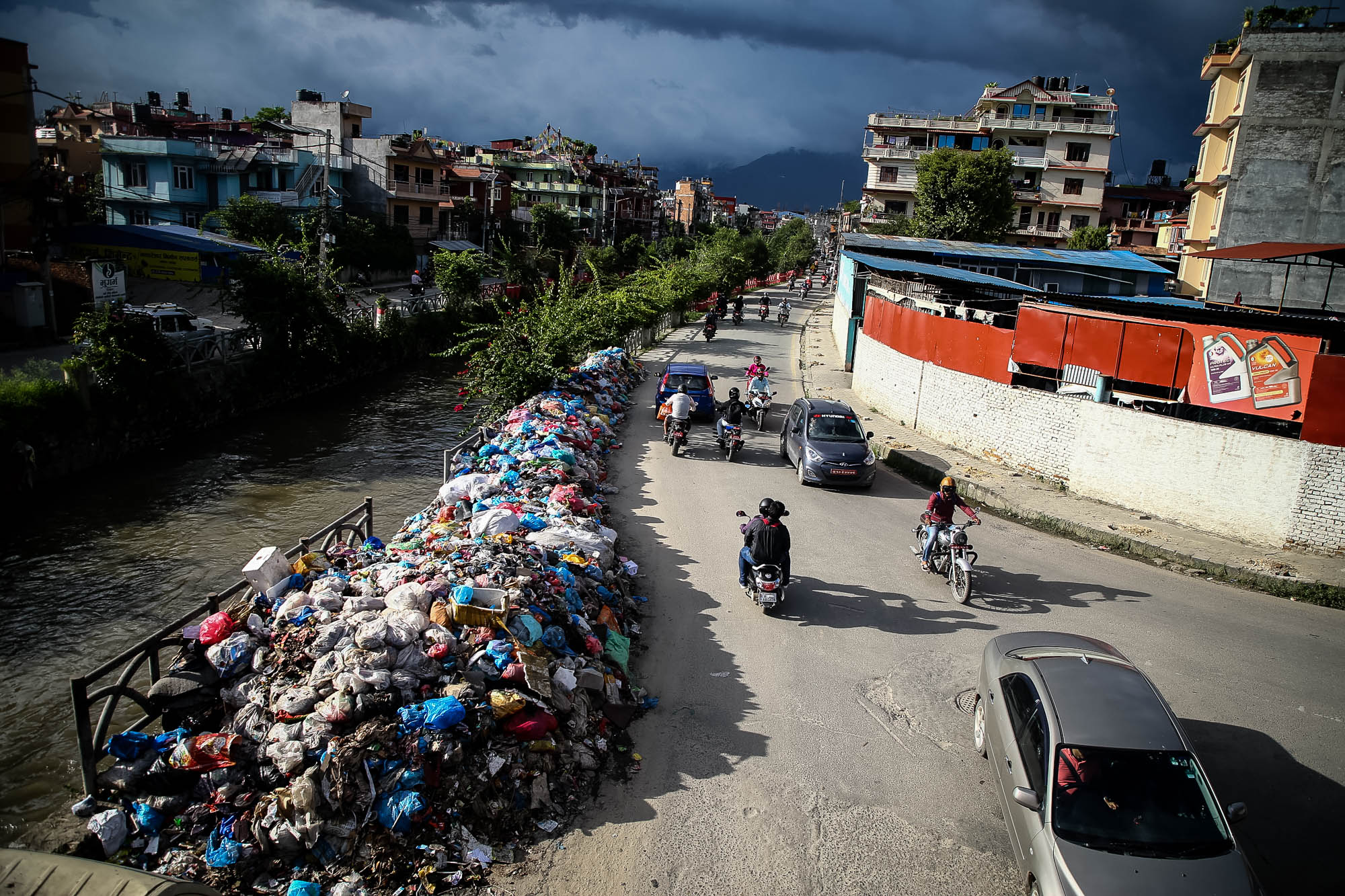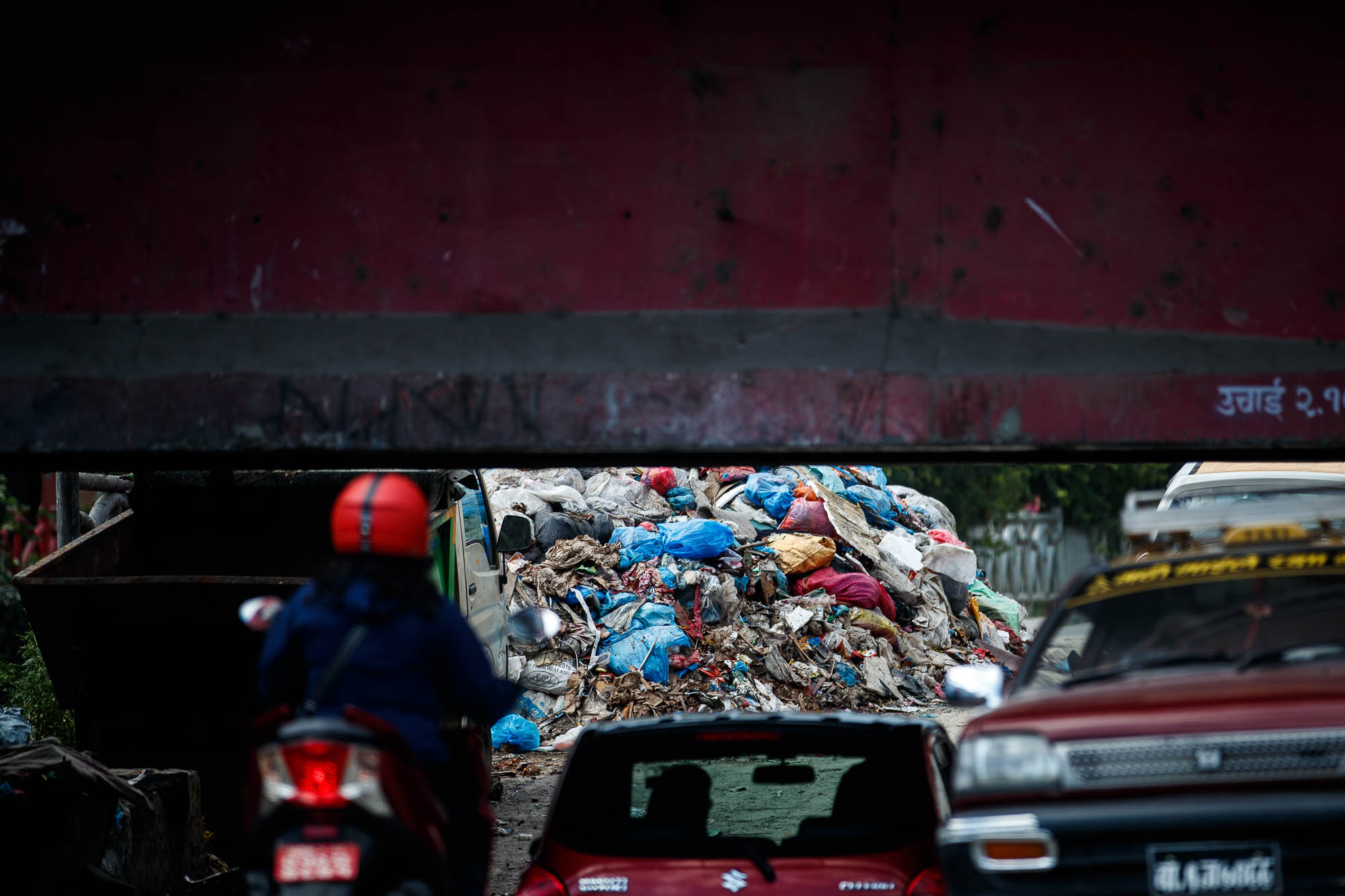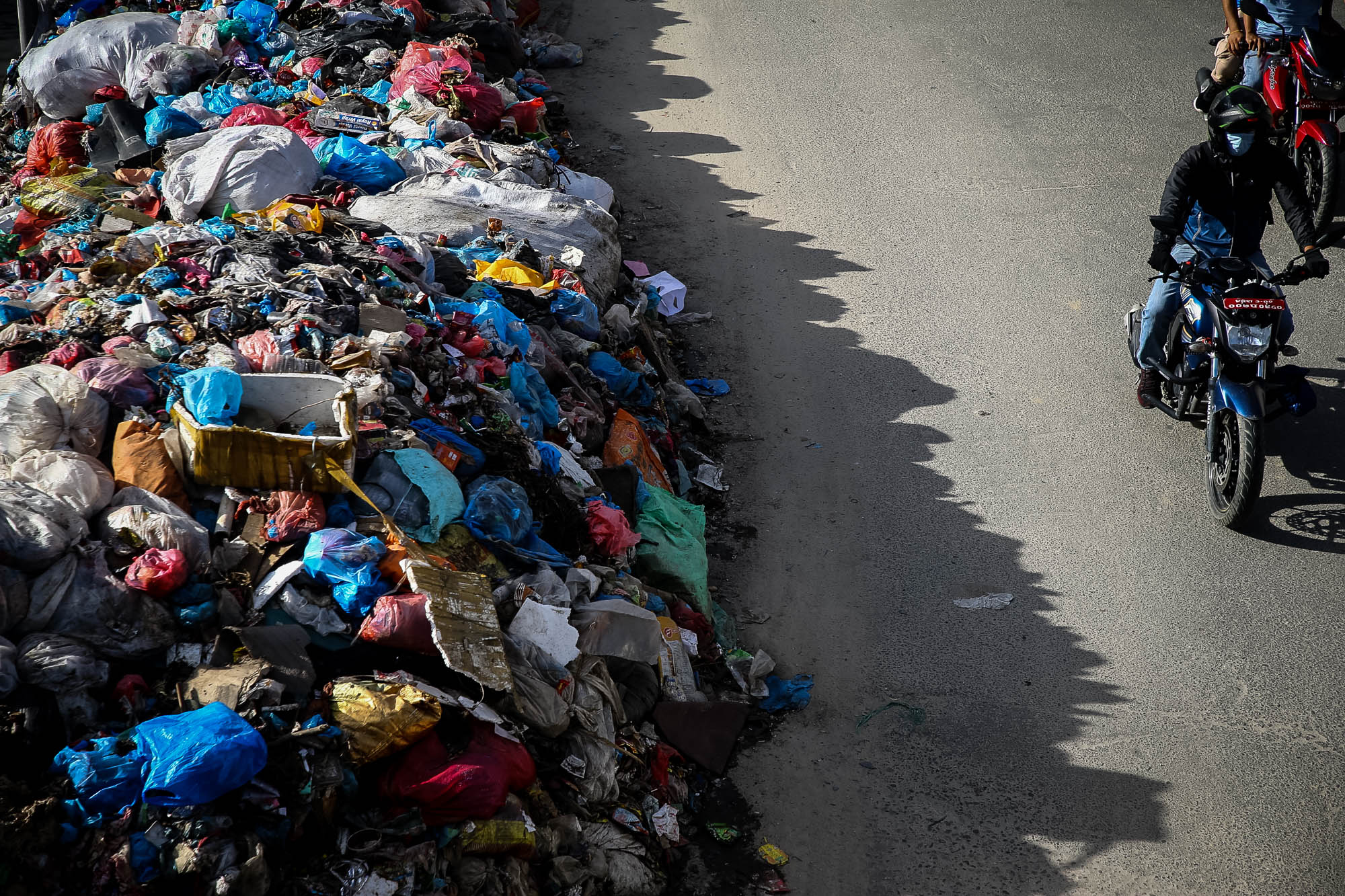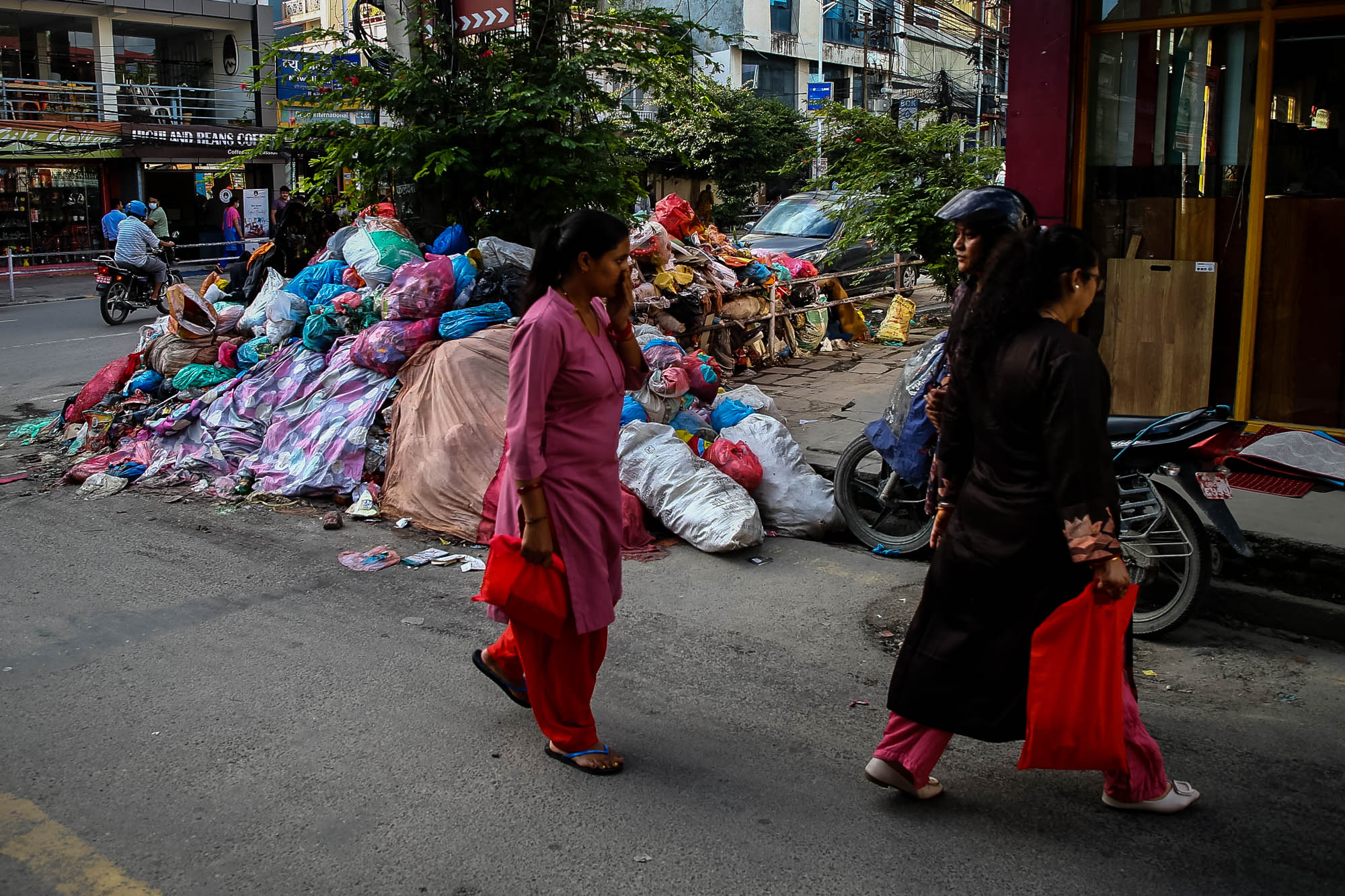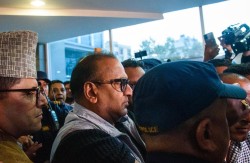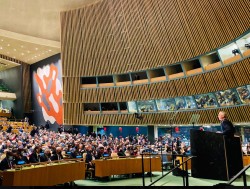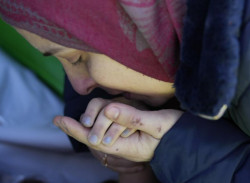Current Affairs
Hours after photos of garbage and trash floating on the flooded streets of the capital started circulating on Nepali users’ social media feeds, the issue entered the lower House of Parliament, where several MPs on Sunday criticised authorities for failing to resolve the crisis.
Seperately, CPN-UML cadres held a street protest in the capital demanding end to the garbage crisis.
Twenty-one municipalities in Kathmandu valley produce around 1,200 metric tons of garbage every day, with Kathmandu generating more than half of that.
The garbage is transported to Banchare Dada landfill site, located nearly 20 kilometres northwest, but protests by locals have hampered efforts to clean up the mess – part of which has been accumulating since February.
The members of the House of Representatives (HoR) have drawn the government’s attention to seek a long-term solution for managing Kathmandu valley’s waste.
Speaking during the zero hour session of the House of Representatives (HoR), lawmakers blamed “weak coordination between the federal and the local government” for the failure to remove the garbage and trash piling on the valley’s streets.
Yogesh Bhattarai, a CPN (UML) lawmaker, criticised the government for failing to take any initiatives to address the problem. It has already been 14 days since the waste was last collected, he said.
“Because the waste has been piling up, there is a risk of an outbreak of cholera and diarrhoea in Kathmandu,” he warned, and urged KMC Mayor Balendra Shah to join hands with UML to develop Kathmandu as a “cultural city”.
- What on earth is garbage separation - as suggested by Mayor Balen Shah
- Vox pops: Kathmanduites react to Balen Shah’s garbage separation proposal
Another UML lawmaker Bhumi Tripathi said the piles of trash seen on the Kathmandu roads have raised a question mark on the local civilisation itself. (With inputs from RSS)
See NepalMinute photos of garbage piling on the streets of Kathmandu:
